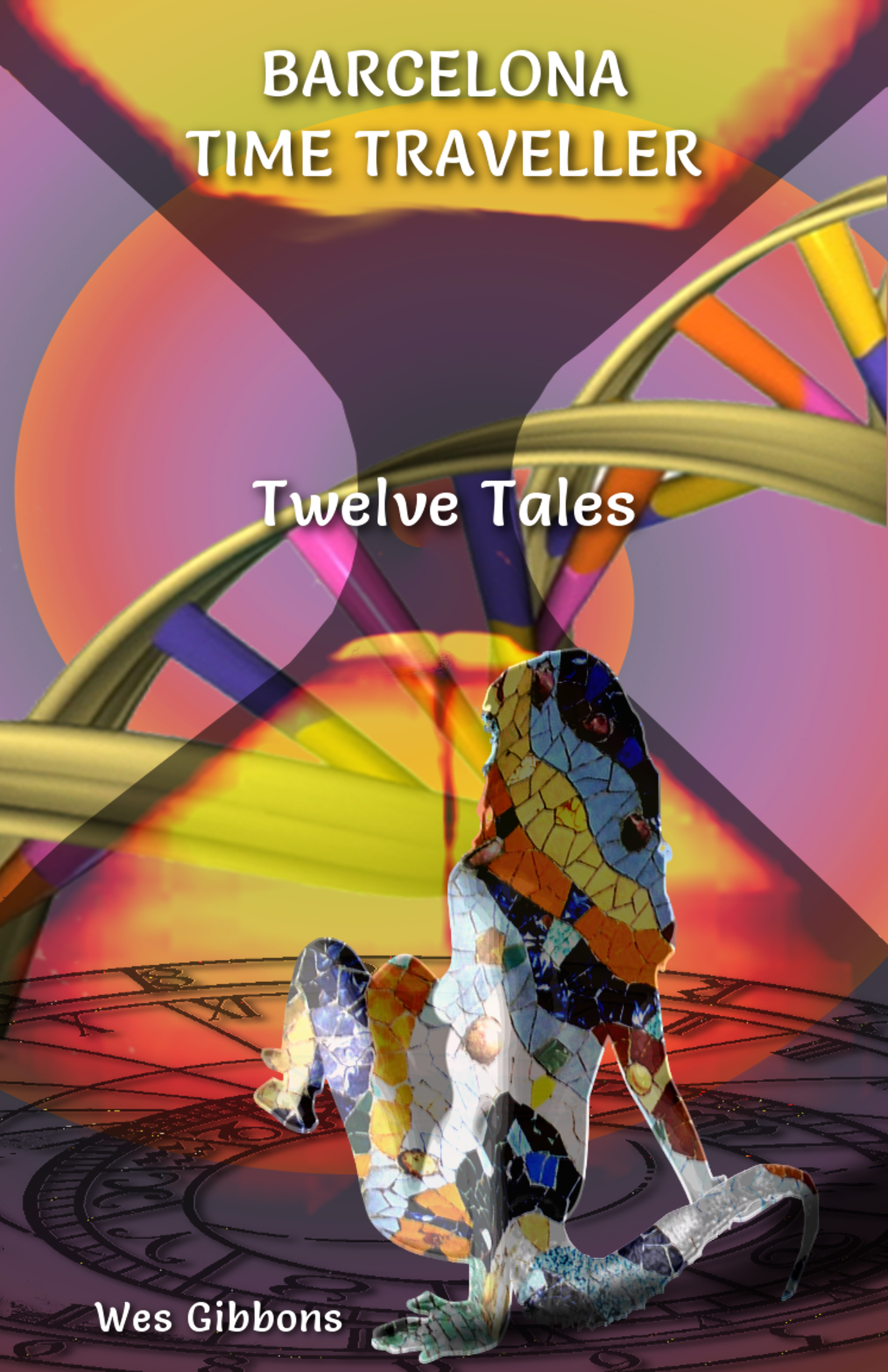
![]()
The Airport. BCN El Prat-Josep Tarradellas airport lies close to the Mediterranean shoreline on the delta of the River Llobregat southwest of the city and has two terminals. Terminal 1 is new and handles most of the traditional “flagcarrier” companies (plus Vueling, which is linked with Iberia), whereas Terminal 2 mainly serves low cost airlines such as Ryanair and Easyjet. The new metro line L9 has stations inside Terminal 1 and alongside Terminal 2. Terminal 2 also has the overground “Rodalies” surburban train that serves the mainline rail stations of Sants and Passeig de Gràcia in the city centre. There is a free shuttle bus connecting the two terminals. Both terminals are served by fast, frequent airport buses that run to Plaça de Catalunya, also in the city centre, and abundant (yellow and black) taxis. Which mode of transport you take will depend on where you are staying, what time you arrive, how much you want to spend, and how much time and hassle you want to save. Here are The Traveller’s Recommendations:
Cheapest but not Simplest. Take the overhead walkway to the suburban train station in Terminal 2 and buy a TCasual ticket from the machine with the ATM logo (ATM stands for Autoritat del Transport Metropolità) machine (NOT the RENFE machine or the ticket window: they will charge you over €4 for a single, non-transferable ticket as the Airport is ostensibly in Zone 4, which makes no sense I know). Don’t get distracted: keep your eye on your bags at all times. The TCasual costs just over 11 euros and allows 10 uni-personal journeys through the city (see Getting Around). Once past the barrier take the next train (every half-hour) to the rail stations of Sants (20 minutes) or Passeig de Gràcia (25 minutes). Whichever arrival station you choose, unless your hotel is right there you will need to transfer to the metro subway (at no extra cost: you can change transport modes with the TCasual up to 75 minutes after first validation). Another cheap option is using the TCasual to take the local bus number 46 from either airport terminal to Plaça Espanya, but the journey is long and not luggage-friendly. The TCasual is also valid on the nightbus (NitBus) N17 running from Terminal 1 (or N16 from Terminal 2) to Plaça Catalunya.
The New Metro Line L9Sud. This finally came into operation in February 2016 (under pressure from the Mobile World Congress) but disappointingly a hefty charge of €5.15 per single untransferable ticket was levied for the privilege, and the journey into town is far from direct. Luckily the visitor can minimise the annoyance of extra cost by buying a HolaBCN ticket (2 days €16.30; 3 days €23.70; 4 days €30.80; 5 days €38.00) both of which include the airport surcharge and allow unlimited travel on all subways, buses and trams (see Getting Around).
Rapid Bus to Plaça Catalunya. The pale blue-and-white Aerobus runs from either terminal every 5-10 minutes, takes 35 minutes (if the traffic is fluid), costs €5.90 single (€10.20 return), and makes 4 stops in the city. From Plaça Catalunya you can walk to La Rambla and the medieval city (although watch your luggage). If the 4 stops are not convenient and you have to transfer to other forms of public transport you will need to buy a new ticket and probably should have bought a TCasual or HolaBCN card as shown above.
Least hassle and fastest. Take a yellow and black taxi directly to your hotel and expect to pay around €30-40 depending on your luggage, where you want to go, and which terminal you are in (Terminal 2 is nearer the city).
Hire Car. The Traveller Recommends: don’t even think about it. Barcelona is congested with traffic enough without you adding to the pollution, noise, traffic jams, and pressure on parking spaces, not to mention your own peace of mind. If you plan to road tour Catalonia, then hire a car after first visiting Barcelona.
But, before you arrive, first read BARCELONA TIME TRAVELLER TWELVE TALES
“A wonderful guide to Barcelona because this one travels through time and not just space, leaving you with a real sense of where the city came from, right back through human history and into deep-time prehistory”. Peter Burgess, University of Liverpool, UK.
“I really enjoyed the way this book cleverly and entertainingly interweaves the history and geology of the Barcelona region”. Laurence Coogan, University of Victoria, Canada.
“Impressive in concept and execution, this book will demystify geological history for the general reader”. Nigel Woodcock, University of Cambridge, UK.
Barcelona Time Traveller Twelve Tales is a sci-fi history book written by a geologist and designed to amuse, teach and tease the reader into thinking about the immensity of time. On one level its approach is local, focusing on the city of Barcelona and the surrounding region of Catalonia, and merging the dramas of human history with those of natural disasters such as earthquakes, floods, droughts, plagues and volcanic eruptions. On another level it is global, viewing these events against the grand and astonishing backdrop of Earth evolution. It is written not only for those who have visited (or plan to visit) the city of Barcelona, but for anyone who likes stories. The Twelve Tales are stories about humans, of our place in the scheme of things, and of the mysteries of travelling through Deep Time.
Wes Gibbons is a British geologist who was born in London and later lived in Portsmouth and the island of Sark prior to following an academic teaching and research career at Cardiff University. He moved to Barcelona in 2004 and currently lives in Sitges. His publications include books on the geology of Sark, The Weald, Corsica, Spain, Chile, Japan and Barcelona. In his latest book, Barcelona Time Traveller Twelve Tales, he reaches out to a general readership with an unusual and entertaining mix of history and geology.